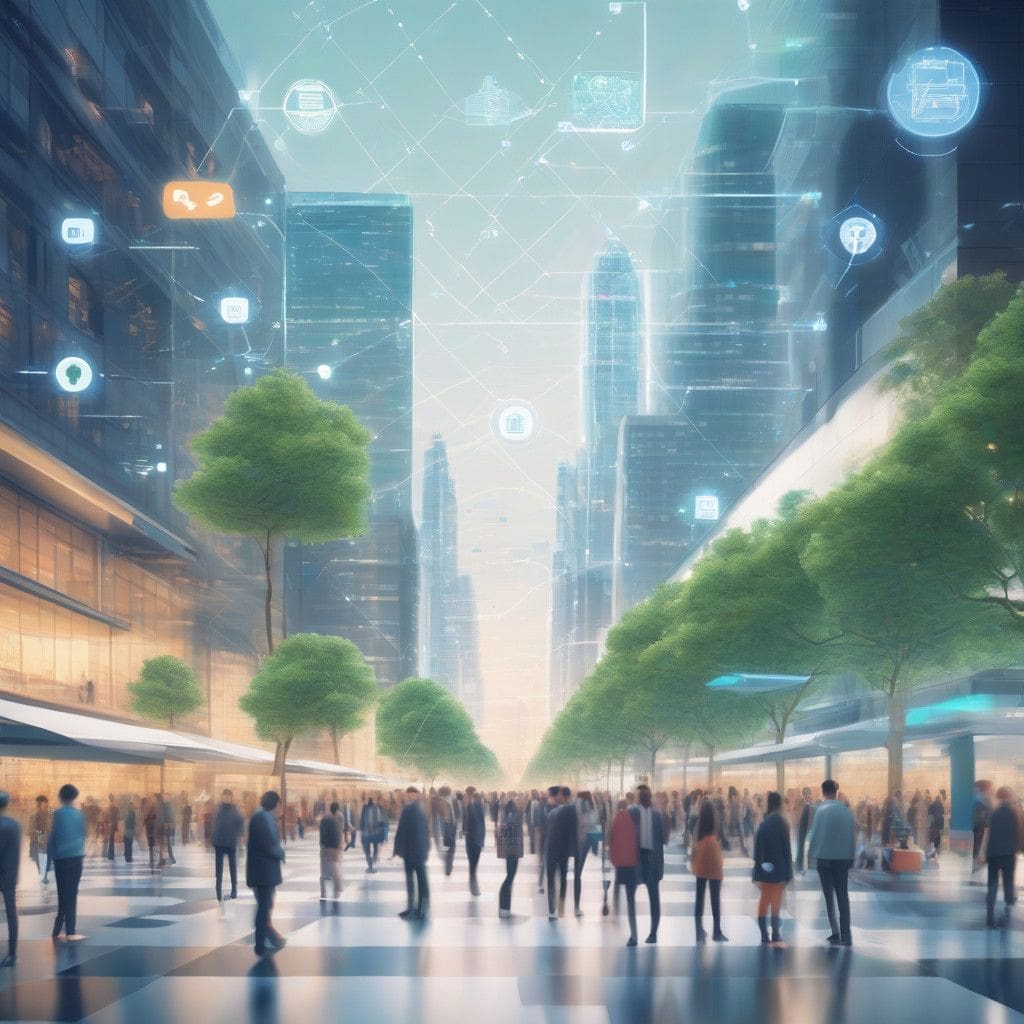In a recent blog post, Dario Amodei, the CEO of Anthropic, provided an insightful perspective on the transformative potential of artificial intelligence (AI) in society. Highlighting advancements that could emerge as early as 2026, Amodei’s vision encompasses AI’s ability to surpass human intelligence in key areas, such as solving mathematical problems and conducting complex experiments. This article will unpack Amodei’s assertions, the skepticism surrounding them, and the implications for various sectors, especially healthcare.
Amodei’s forecasts suggest that AI could profoundly influence healthcare, particularly through the development of new treatments and the potential to cure diseases. Imagine a future where AI algorithms analyze vast datasets to identify patterns that humans might overlook. For instance, machine learning has already demonstrated its ability to predict patient outcomes based on historical data, a capacity likely to be enhanced in the coming years. As AI technologies evolve, the hope is that they will lead to a significant increase in human lifespans, possibly doubling them in a few decades.
However, these optimistic projections are met with skepticism. Critics point to the current limitations of AI, particularly its lack of independent thought and reasoning. While AI excels at data analysis, it lacks the contextual understanding necessary for real-world applications. For example, its deployment in healthcare settings is complicated by the regulatory landscapes and the need for human oversight to ensure that AI-generated recommendations align with ethical standards. The skepticism emphasizes that, despite AI’s rapid advancements, it must overcome substantial barriers before achieving the capabilities Amodei anticipates.
A considerable aspect of Amodei’s commentary revolves around global challenges such as hunger and climate change. He envisions AI as a tool that can vastly improve how we approach these issues, particularly in developing economies where resource allocation is critical. The promise here is substantial; however, Amodei acknowledges that achieving these goals will require extensive international collaboration and philanthropic initiatives. This raises an essential question about the readiness and willingness of global stakeholders to come together in addressing these pressing challenges.
Furthermore, while Amodei discusses the potential economic benefits of AI, he also touches upon the critical issue of job displacement. The shift toward AI-driven processes will inevitably disrupt traditional employment models, creating a need for society to rethink its economic structures. Yet, Amodei offers limited solutions to the challenges posed by widespread job loss. Industries will need to consider reskilling and upskilling programs to help workers transition into new roles that AI cannot fulfill. For instance, sectors like creative arts, empathy-driven services, and complex problem-solving roles may see an increase in demand.
Ethical considerations are equally vital when discussing AI’s future role in society. Amodei recognizes the myriad risks associated with deploying AI technologies, including inherent biases in algorithms that can reinforce stereotypes or exacerbate existing inequalities. As the march toward widespread AI adoption continues, it is critical for developers and policymakers to establish robust frameworks that address these concerns and promote fairness and transparency.
In summary, while the potential for AI to reshape society in beneficial ways is exciting, multifaceted challenges remain. Dario Amodei’s vision presents a roadmap filled with possibilities, but it also highlights the need for rigorous discourse around the implications of these technologies. The balance between innovation and responsibility will be pivotal as we forge ahead into an AI-driven future, making it essential for stakeholders across all sectors to engage in thoughtful dialogue and proactive planning.
AI has the potential to be a transformative force for good, but it is essential for society to navigate its complexities carefully. As the technology advances, we must ensure that the benefits of AI are equitably shared and that the risks are adequately mitigated.
